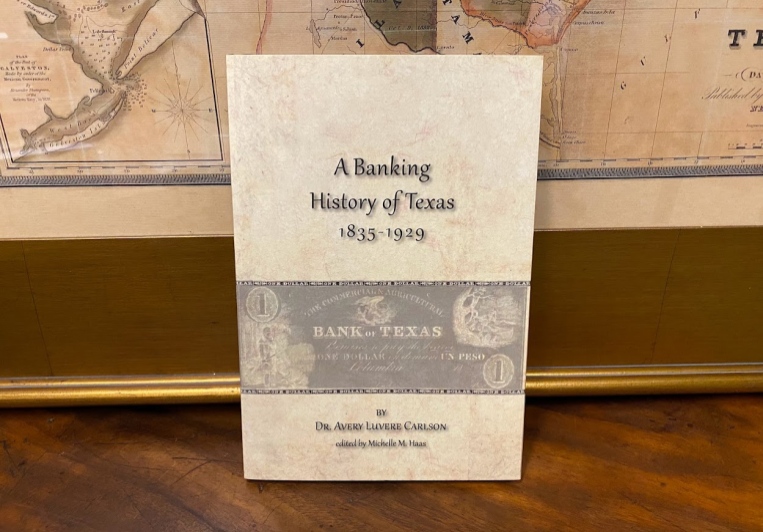A Poison Pill
The first half of the nineteenth century has been called the Age of Heroic Medicine. A better name might be the Age of Horrific Medicine.
A diseased body was considered to be a machine out of balance, and physicians used purging, blistering, bleeding and vomiting to return it to equilibrium and health.
Let’s take a look at the purging part of that equation.
The complete and forceful emptying of the bowels was considered by learned men of the era to be essential to curing most any disease. The purging of impurities, it was thought, would restore health.
And when the doctor wanted to purge his patient, he reached for his bottle of calomel.
There was a saying in the nineteenth century: “The doctor comes with free good will, but ne’er forgets his calomel.”
Calomel (subchloride of mercury) had been used since the sixteenth century, but never in the “heroic” dosages commonly administered by nineteenth century physicians.
The dose of mercury contained in a single pill could be 2000 times the level considered safe today.

Crazy 'bout some Mercury
If patients survived the disease, the “cure” would leave them bald and with their teeth loose, rotting, and falling out. The jaw bone might also begin to disintegrate in flakes and parts of the mouth and tongue could rot away.
Texas physician Josiah Camillis Massie, who in 1854 produced the first medical book written in Texas, took issue with the extreme use of calomel by members of his profession.
He states in his book, A Treatise on the Eclectic Southern Practice of Medicine:
“A dose of calomel at night followed by a dose of castor oil in the morning, and probably repeated two or three times, was the panacea for all diseases, without regard to the constitution of the patient.
Although the miserable consequences of this indiscriminate use of mercury were often too apparent to escape notice…the practice long maintained its ground. Nay, even yet, the abuse of mercury in this country is far from being obsolete."
Although Dr. Massie did use calomel to treat some ailments, there are remarkably few mentions of it in his seven hundred page opus. In other medical books of the era it could be found on nearly every page. Dr. Massie endeavored to find less hazardous means of treating his patients.
Take constipation, something for which most any physician of the era would reach for the calomel bottle. Dr. Massie found a “better” way.
Here’s how he described it:
“I first tried it in the case of a strong muscular German, whose pulse was very hard and full and who had suffered from the disease (constipation) in its most aggravated form for seven or eight days, without receiving the slightest benefit from the ordinary treatment. I opened a vein in his arm and let the blood out by a large orifice. It took about forty ounces to produce fainting. Syncope removed the pain immediately and completely and in less than one hour, his bowels moved largely and freely.”
Given the “heroic” methods of the age, it’s a wonder the mere sight of a physician was not an immediate cure for constipation.

A “fleem” used for opening veins to bleed the patient.
Texas Trivia
Why do accounts written by early Texans never mention the armadillo?
Answer at the bottom of this page.
A Book for Your Banker
Here’s a nice gift for your banker. Or get a copy for yourself. The crazy thing is, it’s an interesting read,
Click Here to Read All About It
Trivia Answer
Because there weren’t any around.
The armadillo is an emigrant. Originally from South America, he started heading north during pre-Colombian times. He didn’t cross the Rio Grande until the late nineteenth century. Today he ranges as far north as Nebraska and as far east as the Carolinas. During the Great Depression, some Texans hunted him for meat and referred to the dish as "Hoover Hog
